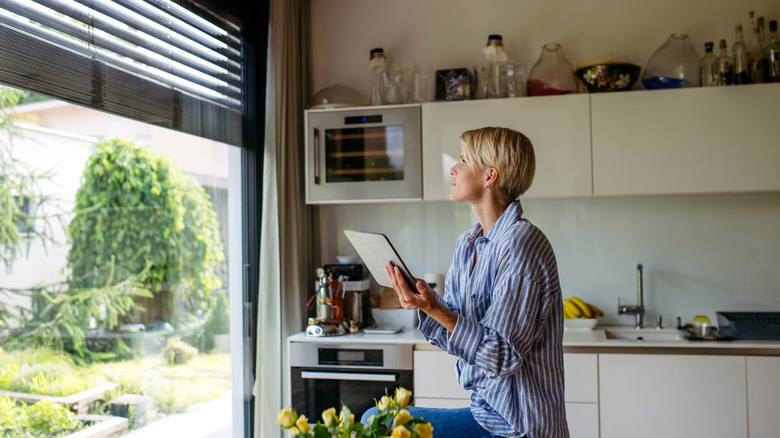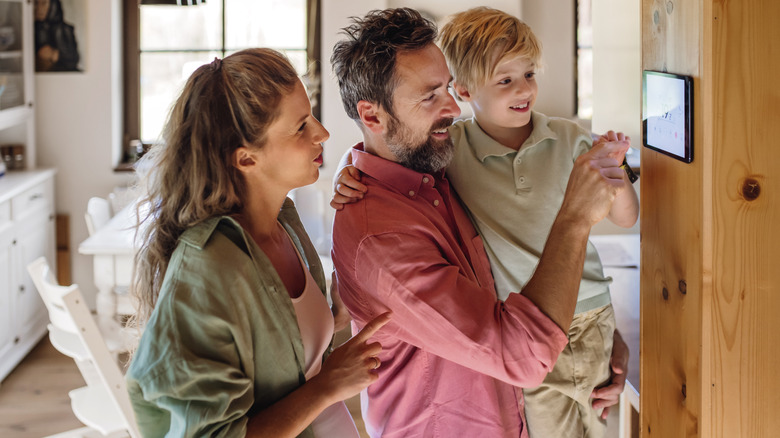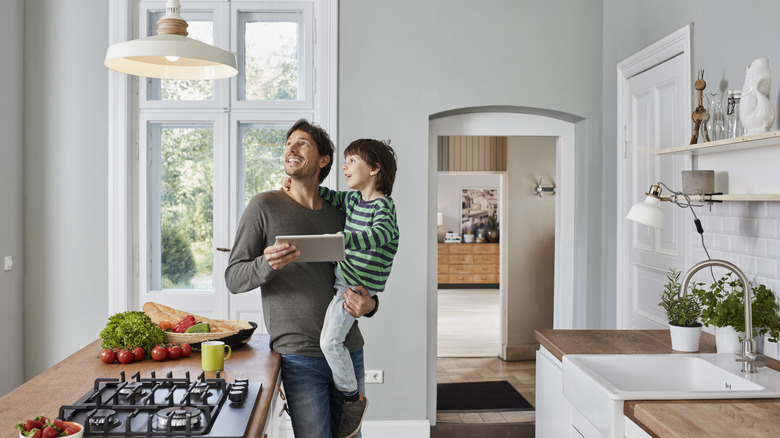Do Smart Homes Use A Lot Of Electricity Or Do They Actually Save Energy?
Smart homes might seem like they would use more electricity. After all, you're adding Wi-Fi-connected devices, sensors, and even voice assistants into your daily routine. But quite surprisingly, when used the right way, smart homes often end up saving you money instead. In fact, that's one of the key reasons why many people are making the switch. The idea is simply to let technology handle the small things that humans often forget, like turning off lights or adjusting the thermostat.
Smart home devices are designed to boost your comfort and safety while bringing down the bills. Devices like smart thermostats, lights, plugs, and appliances all work together in a smart home to reduce energy waste. As these devices can be controlled remotely, follow schedules, and even learn your habits to optimize performance, you can notice small changes over time. As a result, savings on electricity bills are reflected without requiring you to change much about your daily life.
How smart devices help save electricity?
Let's take the smart thermostat as an example, which is designed to heat or cool your home automatically. Some smart thermostats from good brands can even learn when you're home, when you're away, and what temperatures you prefer. A few models are further assisted with a geolocation feature that keeps track of when you're about to arrive. This alone can cut bills by up to 15%. Then there are smart lights that use LED bulbs, which consume up to 75% less power than old-fashioned ones. Plus, with motion and daylight sensors, they turn off automatically when they're not needed.
Other devices play a role too. There are smart plugs that shut off power to appliances that sit in standby mode all day — like TVs, chargers, and printers. They consume less energy; however, it's consistent, and it clearly reflects on your bill every month. Similarly, there are smart blinds. They can open and close to take advantage of natural sunlight and reduce your need for heating, cooling, or artificial lighting. As for the smart washers or water heaters, they can be run during off-peak hours when electricity rates are lower. Basically, every little bit adds up.
Monitoring and controlling your usage
One of the best features of a smart home is the ability to actually see where your energy is going. As there is access to smart meters and apps, it's easy to get real-time feedback on your usage. As a result, you can easily spot the devices consuming the most energy. Similarly, you can keep track of the time when the usage spikes the most. You can even break it down by room or appliance, depending on your setup. This helps you make smart decisions — like setting schedules, adjusting usage, or upgrading older devices.
Additionally, many devices now come with Energy Star ratings and can qualify for rebates from local utility companies. But a smart home setup can be complex and overwhelming, especially if you're new to the system. That's why you can start small by adding a plug, a thermostat, or a few smart lights in the beginning. Then, over time, you can build out your system without feeling overwhelmed. When done right, a smart home adds convenience while helping you cut back on energy waste and keep those bills in check.


